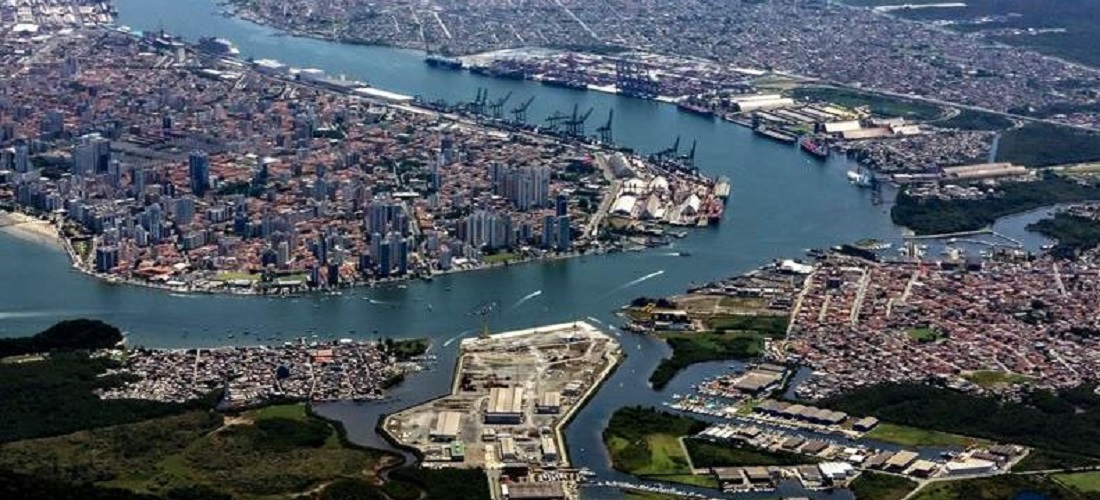
Union-led protest delays the release of cargo at the Port of Santos
Feb, 07, 2022 Posted by Gabriel MalheirosWeek 202206
Landings of liquid bulk fuels and products imported by large companies, mainly those in the automotive sector, are being severely affected by the standard operation led by Federal Revenue tax auditors at the Port of Santos. As a result, difficulties have already been recorded in maintaining production lines, on top of risks of occasional shortages.
In addition, the category hardened the movement and started to delay the release of Single Export Declarations (DU-E). Thus, the forecast is that the goods will only be released for shipments after ten days.
Another strategy used by the auditors is to delay customs transit declarations, causing at least 300 trucks per day to be held up at the Port of Santos while they wait for clearance.
The Federal Revenue auditors went into standard operation in response to the treatment received by the Federal Government, which did not honor an agreement signed in 2016 for the payment of productivity bonuses to servers.
As a result, since the end of last year, the release of goods in the Port of Santos has been hampered. The exceptions are for medicinal and hospital supplies, live loads, perishables, and international transit travelers.
Fuel importers have warned that the mobilization of the category has already delayed the arrival of products by more than ten days. According to the companies, this could lead to an increase in product prices as well as the risk of occasional shortages.
According to the president of the National Union of Federal Revenue Tax Auditors of Brazil (Sindifisco) in Santos, Elias Carneiro, more than 11 thousand cubic meters of naphtha had their release delayed in the Port of Santos. The same happens with loads such as diesel and alcohol, as well as components used to manufacture vehicles.
Carneiro explains that, prior to the operation, only 10% of containers were required to be physically checked. Now, during the standard operation, all content is verified by auditors.
Impact
When it comes to the volume of goods that flow through the Port of Santos, we begin to glimpse the magnitude of the problem. The Santos pier handles between 10,000 and 12,000 containers per day. Around 6,000 of them are affected.
“On top of that, the importer hires a forwarding agent, who makes the Import Declaration. If it lands on the green channel, the charge is released. If the cargo lands in a yellow or red channel, it will go under an auditor’s inspection. So we are delaying this process from a week to ten days. There are two bottlenecks: distribution and conference,” explained Carneiro.
He also spoke of a “reddening” of loads that would typically fall into the green channel. By the rules of the Federal Revenue, there are four types of inspection.
In the green channel, goods are released without the need for inspections. Those on the yellow channel, on the other hand, undergo a document conference, while those on the red channel must undergo a physical and documentation analysis. Finally, in the gray channel, in addition to the inspections already carried out on the goods and their declarations, the values are also analyzed.
Source: A Tribuna
To read the full original article, please follow the link:
-
Other Logistics
Dec, 15, 2021
0
Chamber of Deputies approves project; Legal Framework of Railroads goes to presidential sanction
-
Ports and Terminals
Nov, 24, 2023
0
Brazil port operator CLI to invest $122 million in Santos port terminal
-
Meat
Jul, 16, 2019
0
Cargill close factories in China due to swine flu
-
Grains
Nov, 18, 2022
0
Rural association asks Argentina not to extend shipment authorizations


